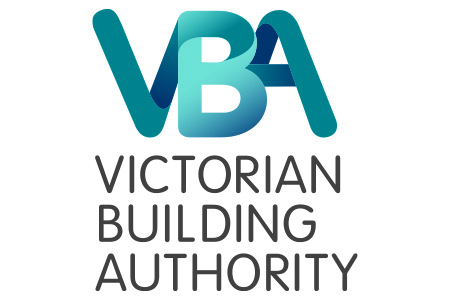Exercise caution when installing or using pot fillers

The installation of pot fillers is increasing in popularity in Australia, given their convenience and their ability to aesthetically enhance a kitchen.
At present, there is nothing in plumbing law that expressly prohibits the installation of a pot filler tap above a domestic gas cooking appliance, however, the following should be considered.
Brass taps are an excellent conductor of heat. A tap in this zone may conduct heat, which may cause damage to plastic pipework inside the wall or the tap’s non-metallic components. Some similar situations are prohibited by the relevant standard as follows:
- The standard for hot water prohibits the use of plastic pipe between the isolation valve and the inlet to a water heater, and within 1m of the outlet, so that plastic piping is not damaged by the heated water.
- The standard for gas installations prohibits brazing within 1m of a fitting or pipe with non-metallic components.
Fat or grease fires can easily start on a stove or cooktop. Flare ups such as these can be frightening and cause people to panic or not think clearly. In an emergency like this it may be tempting to use a pot filler to put out a grease fire.
Despite the urgency of a fire situation, water should never be used to extinguish a grease fire. The reaction can have an explosive effect when water flashes to steam and the rapid expansion of the vapour spreads the burning oil in all directions, which can be deadly, cause severe burns or destroy your home. Learn more about this by heading to the Minnesota Department of Public Safety’s YouTube channel.
Other consideration for Pot Fillers Installation:
- An accidental discharge from the pot filler, or an overflow from the pot, poses a risk of extinguishing the flame. This can result in gas leakage in gas cooktops and might also introduce thermal stress or electrical hazards, particularly with electric cooktops.
- Given that many residential kitchen designs do not have floor drains, an unintentionally open pot filler might cause significant flooding.
- Continuous exposure of the pot filler to water vapour and steam may reduce its lifespan. There's a distinct possibility of tap damage over time.
